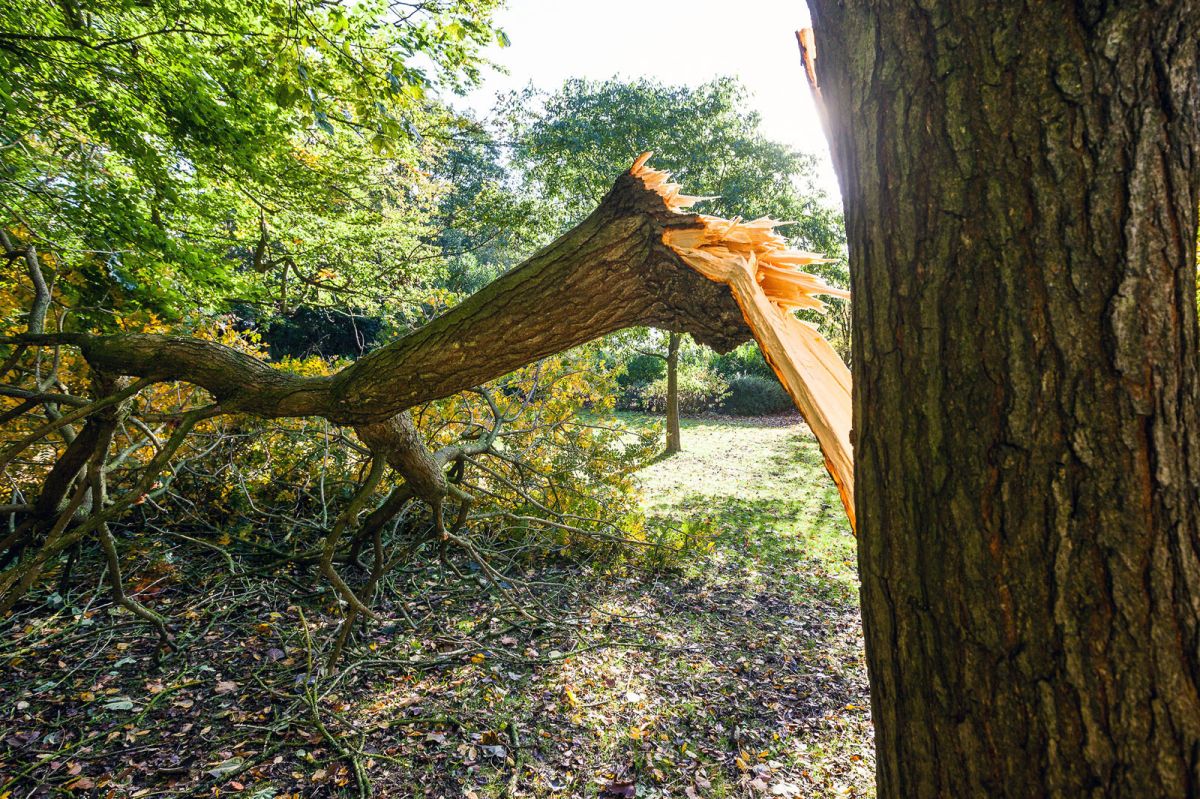Salvaging windblow timber a priority

The taskforce, set up in the aftermath of Storm Éowyn, is chaired by the minister and made up of stakeholders from Forest Industries Ireland, Irish Timber Growers Association, Teagasc, Coillte, the IFA, Irish Forest Owners, Irish Timber Council, and SEEFA. The meeting heard that a satellite imagery assessment is expected to be completed shortly, which will give an accurate picture of the scale of post-storm damage.
The taskforce was updated on early figures that have come back from some private forestry companies indicating that more than 50 per cent of forests that have been damaged have a felling licence. The Minister said: "While it is important that we look at all options to deal with expediting the licensing process it is clear that there is an area of windblown forests already covered by a felling licence and it is important now that, in as far as possible, the harvesting capacity is mobilised into these areas."
The IFA said it highlighted to the minister that there are precedents where governments in Norway and Germany responded to such national emergencies. International help is essential, it said.
The IFA farm forestry chair, Padraig Stapleton, said: “We need experts who have dealt with such a crisis before to help with the emergency plan. Ireland does not have enough skillsets to deal with the clean-up of salvageable timber. The work must be coordinated to get as much timber salvaged as possible,” he said.
“Market vulnerability is now a pressing factor. Prices will drop significantly due to the unprecedented supply of timber. Therefore, the storage of timber is also an issue. We have to wait on the department to issue another circular to give us better clarity on the scale of damage and for the commitments given by the minister at the Windblow Taskforce meeting to be followed through.”




